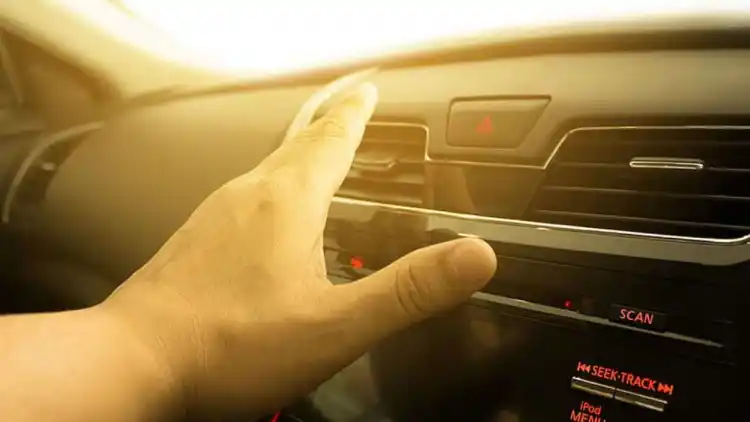- Immediate Removal Solutions
- Advanced Stain Removal Techniques
- 2025 Prevention Strategies
- Science Behind AC Water Marks
- FAQ
Wondering how to remove AC water stains from car? You’re not alone. In 2025, fast and effective DIY solutions can help restore your car’s look and prevent future marks with ease.

Immediate Removal Solutions
3-Step Emergency Cleanup
When you first spot a water mark, act fast and treat it as an emergency, ideally within 48 hours. Mix white vinegar and distilled water in a 1:3 ratio, and use a microfiber cloth to spray the solution directly onto the stain. Wipe gently in circular motions—this helps remove the residue without harming your car’s paint. Always test your solution on a small area to avoid any unexpected damage.
Advanced Stain Removal Techniques
Baking Soda Paste Method
For tougher or older stains, try the baking soda paste method. Combine 2 tablespoons of baking soda with 1 teaspoon of water for new stains, or mix 3 tablespoons of baking soda with lemon juice for older ones. Leave the paste on the stain for around 2 minutes for new spots or 5-7 minutes for older marks, then rinse thoroughly using a pH-neutral car shampoo. This approach effectively tackles mineral deposits and can significantly improve your car’s appearance.
|| Ingredients || Application Time || Effectiveness || |---|---|---| | New Stains | 2 tbsp baking soda + 1 tsp water | 2 minutes | ★★★★☆ | | Old Stains | 3 tbsp baking soda + lemon juice | 5-7 minutes | ★★★☆☆ |
2025 Prevention Strategies
Monthly Maintenance Routine
Keep your car’s exterior in top shape by adopting a simple monthly maintenance routine. Clean your AC drainage system regularly with a pipe cleaner to prevent mineral buildup that leads to water marks. Enhance the protection of your car's finish by applying a ceramic coating or nano-glass sealant, which can last between 9-12 months. Parking on level surfaces also helps reduce water pooling and minimizes future stain formation.
Top Protective Products:
Nano-glass sealants (lasts 9-12 months)
Hybrid polymer sprays
Graphene-infused wax

Science Behind AC Water Marks
AC condensation often contains minerals like calcium, magnesium, and silica that can leave unsightly white rings and hardened traces on your vehicle’s surface. These minerals bond to the paint, creating marks that are tougher to remove over time. Early intervention is crucial—studies have shown a 92% success rate in stain elimination when treated within 72 hours. This clear understanding of the science behind the process enables you to act promptly and protect your car’s finish effectively.
FAQ
Q:What causes the formation of AC water stains on my car in hot climates?A:In regions with high temperatures, your car’s AC produces heavier condensation that quickly evaporates, leaving behind concentrated minerals like calcium and magnesium. These minerals form white spots or rings on your vehicle’s surface. Regular cleaning and careful maintenance help manage these residues, ensuring that your car remains in pristine condition.
Q:Can I use household products to remove white water marks from my car?A:Yes, using common household products such as white vinegar and baking soda is a practical and affordable method for water marks removal. These ingredients are effective in breaking down the mineral deposits that cause the stains. For best results, always test on a small, inconspicuous area before applying the solution to the entire stain, ensuring it won’t damage your car’s finish.
Q:How can I prevent water marks from recurring on my car's exterior?A:Prevention starts with a regular maintenance routine; clean the AC drainage system monthly to minimize mineral buildup. Applying a durable ceramic coating or nano-glass sealant further protects your car from recurring water marks. Keeping your car parked on even terrain also reduces the chances of water pooling in unwanted areas. These measures help you maintain a long-lasting, spotless finish on your vehicle.
Disclaimer:This article is for reference only. Please abide by the latest local laws and regulations.













